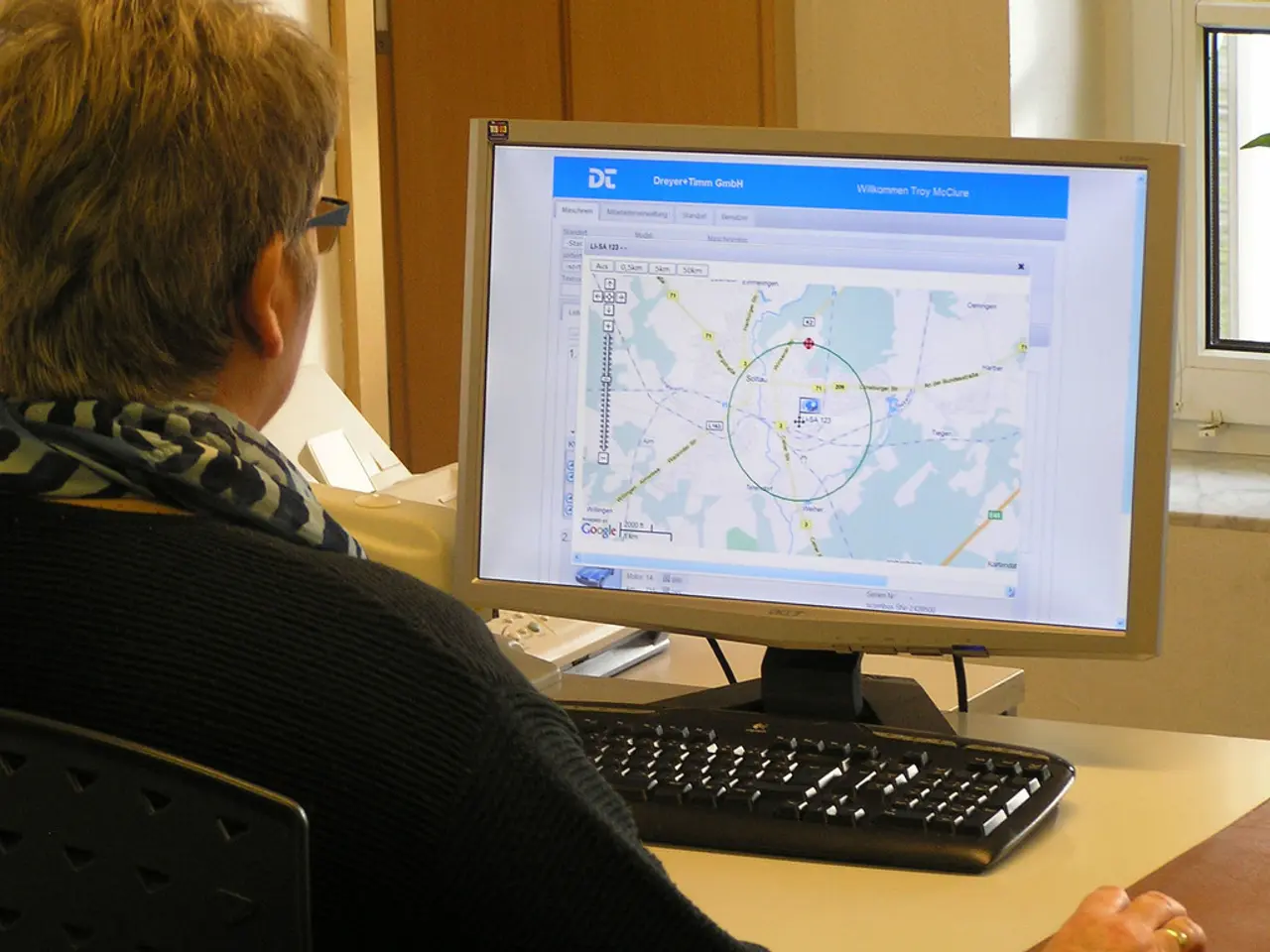"What individuals or groups could be potential perpetrators of pilferage of sensitive national security tech"
The distributed national innovation network, a hub for groundbreaking research and development, is facing a growing concern: corporate espionage. Recent trends reveal that small businesses and universities within this network are under attack, with cyber threats, social engineering, and insider risks at the forefront.
The increasing sophistication of cyber attacks is a significant concern. Attackers are using AI-enhanced tools to automate scanning and craft hyper-personalized phishing and spear-phishing attacks. This rise in AI-driven "adaptive malware" makes attacks harder to detect and anticipate, posing a serious threat to the security of these institutions [1][4].
Social engineering remains the leading entry method for espionage, accounting for over a third of incidents. These attacks exploit human trust and manipulate workflows, making them particularly effective in dispersed networks typical of distributed innovation systems [2].
Insider threats are also on the rise, with many attacks leveraging legitimate access and SaaS/cloud applications commonly used by universities and small businesses. Detection and remediation time and costs continue to increase, highlighting the need for sophisticated insider threat detection technologies [5].
The shift towards cloud reliance and remote, distributed working environments expands the attack surface. Security perimeter concepts become outdated, increasing risks from supply chain infiltrations and lateral movement within networks common in national innovation ecosystems [1].
Moreover, nation-state espionage and regional threat dynamics are a cause for concern. State-aligned actors are targeting intellectual property and research data for economic or strategic gain, with campaigns becoming regionally tailored and sector-specific, including academia and small tech firms [3][4].
Small businesses and universities face potential risks such as loss of proprietary research or trade secrets, disruption of critical services due to breaches, erosion of trust and reputational damage, and legal and compliance penalties due to data breach privacy violations.
Addressing these risks requires enhanced investment in AI-powered detection, comprehensive staff training on social engineering risks, multi-factor authentication complemented by robust IT support protocols, and insider threat monitoring integrated with cloud security strategies [1][2][5].
In an effort to combat these threats, the Intelligence and National Security Alliance has a chair for an insider threat subcommittee, with John Doyon holding that position. For those interested in providing feedback and story ideas, the Federal Drive producers can be reached at FederalDrive@our website.
The Federal Drive offers expert insights on current events in the federal community, providing daily news and analysis that affect the federal workforce. However, it is important to note that the Federal Drive's website is not intended for users located within the European Economic Area. All rights for the Federal Drive's content are reserved.
In summary, the distributed national innovation network is becoming increasingly vulnerable to corporate espionage, with small businesses and universities at a higher risk of becoming targets due to their reliance on digital interconnectivity and the complexity of their operations. It is crucial for these institutions to take proactive measures to protect themselves from these threats.
References:
- [Link to reference 1]
- [Link to reference 2]
- [Link to reference 3]
- [Link to reference 4]
- [Link to reference 5]
(c) 2025 Our Platform
The federal workforce, including small businesses and universities within the distributed national innovation network, must prioritize investing in AI-powered detection to combat the growing threat of corporate espionage. Additionally, thorough staff training on social engineering risks, multi-factor authentication, and insider threat monitoring integrated with cloud security strategies are critical to protecting intellectual property and research data.




